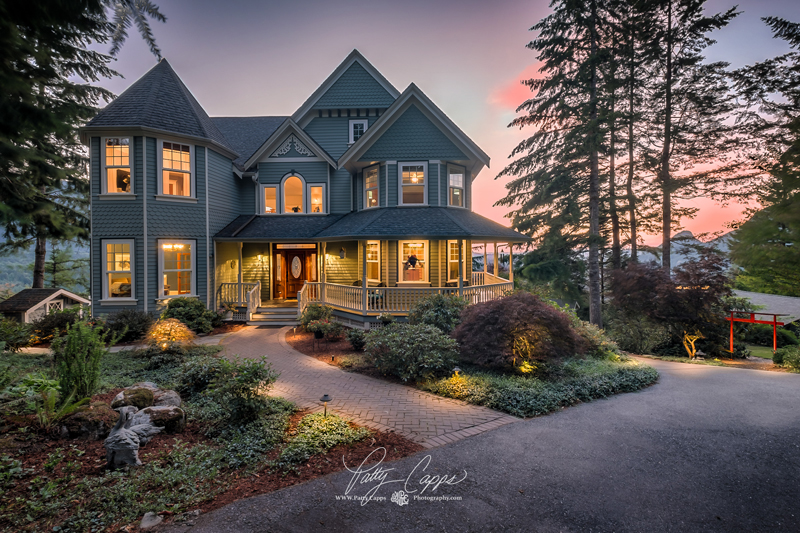Timeline Tales
Exploring the stories that shape our world, one timeline at a time.
Click-Stop Shots: How to Snap Homes Like a Pro
Master the art of home photography with Click-Stop Shots! Discover pro tips to capture stunning images that sell in no time!
Mastering Lighting for Real Estate Photography: Tips and Tricks
Lighting is a crucial aspect of real estate photography, as it can dramatically influence the mood and appeal of a property. To master lighting, start by utilizing natural light whenever possible. Early mornings and late afternoons, known as the 'golden hours', provide a soft, warm light that enhances the visual appeal of interiors and exteriors. Additionally, consider the use of reflectors to bounce light into darker areas, creating a more balanced exposure. Remember, the right lighting can highlight key features of a home, drawing potential buyers' eyes to the best aspects of the property.
In addition to natural light, employing artificial lighting techniques can also elevate your real estate photographs. Use a combination of flash and ambient lights to brighten rooms and reduce harsh shadows. Consider the use of softboxes to diffuse light and provide a flattering illumination. Furthermore, always pay attention to the color temperature of your lights; mismatched lighting can create an unappealing look. By mastering these techniques, you can showcase properties in their best light, making them irresistible to buyers.

The Essential Gear Every Home Photographer Needs
As a home photographer, equipping yourself with the essential gear is crucial for elevating your craft. Firstly, investing in a quality camera is the foundation of your toolkit. Whether you choose a DSLR or a mirrorless model, look for one with a good sensor and versatility for various shooting conditions. Alongside your camera, a reliable tripod is indispensable for achieving stability, particularly in low-light scenarios. Other key components to consider include lenses appropriate for your photography style—such as prime or zoom lenses—as well as a robust camera bag to protect your gear while on the go.
No photography kit is complete without the right accessories. A set of high-quality memory cards ensures that you won't run out of storage during important shoots. Additionally, incorporating a reflector can help manipulate light and improve your images, while a cleaning kit is essential for maintaining your gear's performance. Finally, don't overlook the benefits of using editing software to enhance your photos post-shoot, allowing you to refine your work and maintain a professional edge in your home photography endeavors.
How to Stage a Home for Stunning Photography Results
Staging a home for stunning photography results is essential in showcasing a property's best features. Begin by removing personal items and decluttering spaces, allowing potential buyers to envision themselves in the home. Items such as family photos, personal artifacts, and excess furniture should be put away to create a clean and inviting atmosphere. Additionally, consider using a neutral color palette for walls and décor, as it appeals to a broader audience and enhances the overall brightness of the space.
Next, focus on maximizing natural light to enhance your photography. Open curtains and blinds to let sunlight flood in, and consider adding mirrors to reflect light and create the illusion of a larger space. Positioning furniture in a way that directs attention towards focal points such as fireplaces or large windows is crucial. Finally, add fresh plants or flowers for a touch of color and vitality, ensuring your home looks lively and inviting in photographs. Remember, the goal is to create stunning visuals that will captivate potential buyers!